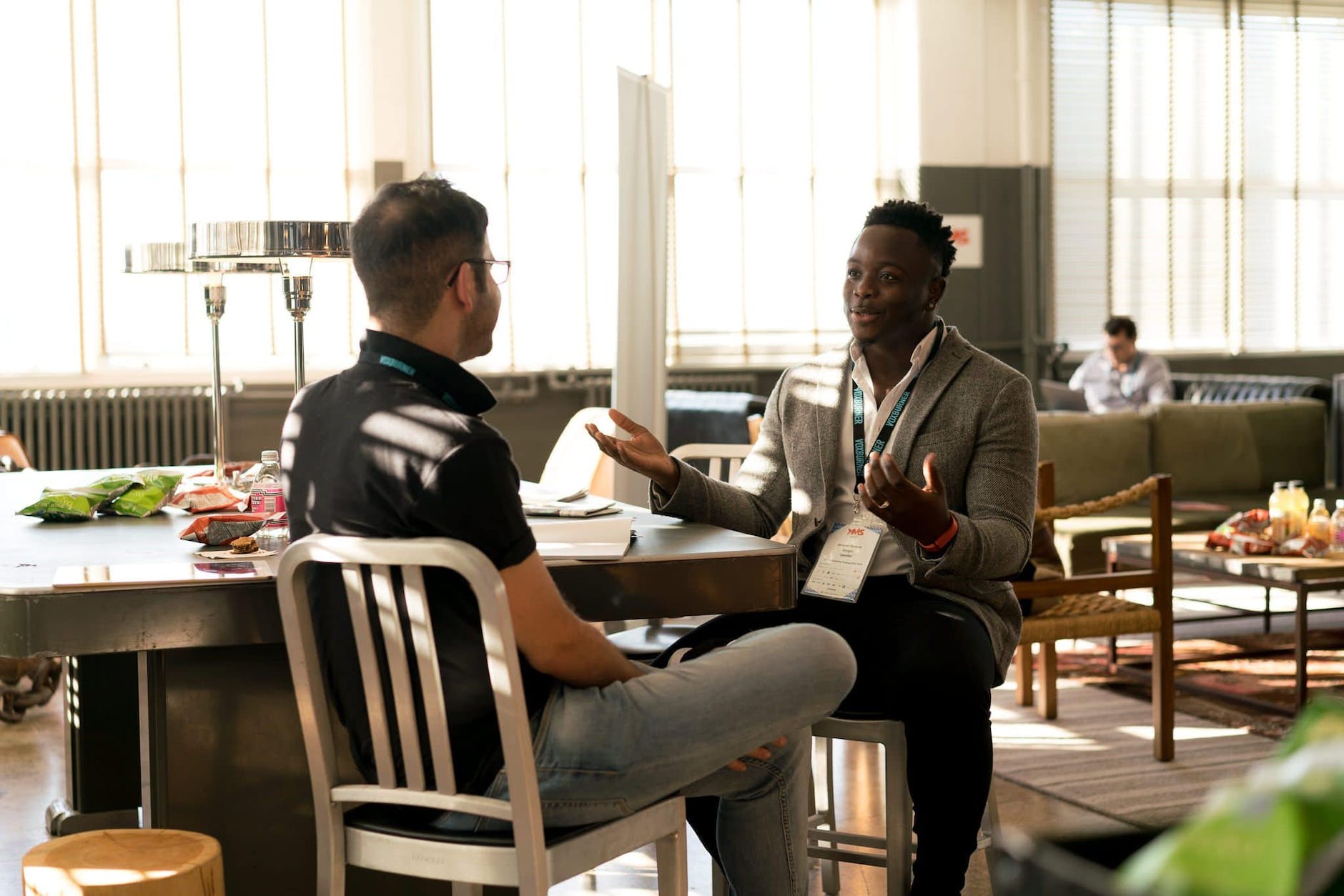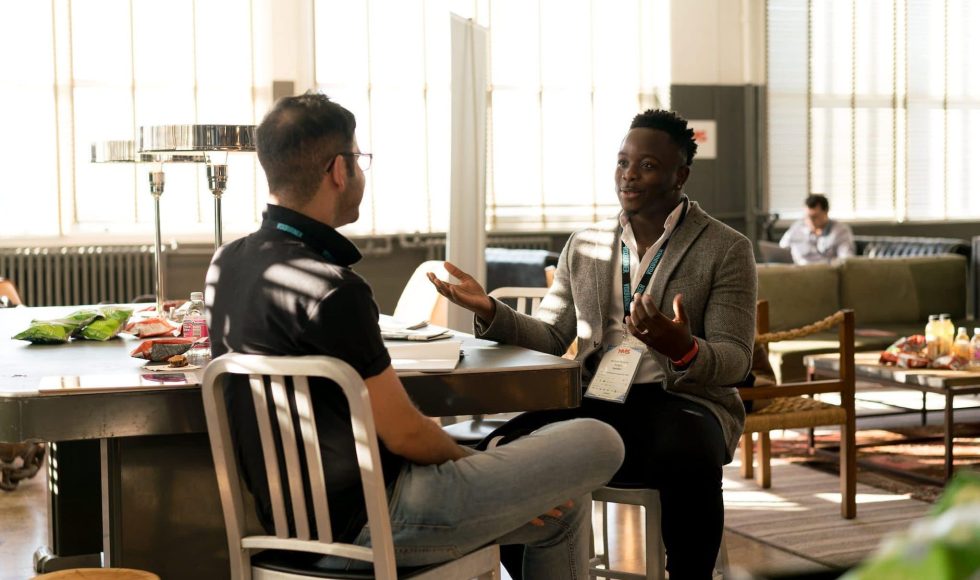Tonight I watched the Online with LSE Webinar recording for the session “Diversity Interventions in the Classroom: From Resistance to Action.” Dr. Dustin Thoman from San Diego State University is a social psychologist that works in science education along with Dr. Melo-Jean Yap, Dr. Felisha Herrera Villareal, and Dr Jessi Smith (UCCS). As with other webinars in the series, they started by defining the problem (I wonder if they are given a template?). Thoman explained that implementing evidence-based pedagogical approaches to increase equity in STEM classrooms is slow to “scale.” Thoman asked: when does an instructor decide to implement an intervention… or not? They reviewed work on diversity resistance in the workplace (Thomas & Plaut, 2008) and the bystander helping model (Latane & Darling 1978). They adapted the model to four steps of decision-making inputs:
- Notice that underrepresentation is a problem
- Interpret underrepresentation as needing immediate action
- Assume responsibility
- Know how to help
Their LSE CBE publication and study had the goal of examining “the potential for our model to explain instructor’s intentions to implement” and “explore how faculty think about diversity in general and diversity-enhancing interventions, in particular.” Data for this article, Thoman explained, came from forty biology faculty from eight universities. They used a mixed methods approach consisting of an interview and then they presented a target intervention, followed by the Utility Value Intervention (UVI). In this intervention, students write essays as homework online. What they found in their interviews was noticing how faculty interpret underrepresentation as a problem and needing immediate action. The third input in the path to action and providing help is assuming responsibility. The last input or step identified before providing help is that instructors must know how to help. Thoman did note that in practice the model is not as linear as presented. He noted that the implications of this work are that “Faculty are gatekeepers of classroom interventions that have been shown to reduce equity gaps.” I thought Thoman’s point that “we must understand the social psychological perspectives and systematically study decision making and behavior change” is one aspect that needs to be explored more. Biology education researchers may not feel comfortable with this type of work and collaborations with experts in these areas is critical. During the question and discussion session, Thoman explained working on the UVI and barriers to acting even after “seeing the data.” Thoman explained that the decision-making process may be very different for faculty of color, and that ignoring an intervention because of the grading workload is a passive form of resistance. Thoman spoke about how the interview data was very valuable for this study and emphasized the importance of collaborations. His example was that faculty have inconsistent beliefs that can be identified through the progression of an interview. The concept of “diversity fatigue” was explained by Thoman: faculty may want to move on and not spend the psychological effort. I was impressed by how they created a database of instructors teaching foundational biology: they started with 40,000 institutions of higher education and randomly sampled approximately 2,000 to then manually identify instructors teaching biology courses! Their strategy was based on using public information. Toward the end of the discussion, Thoman spoke about discussions he has with colleagues about whether to put DEI “front and center” or to put the student perspective/experience first. this discussion included the impact of policy change as well as motivations. For future studies, Thoman’s group is interested in whether implementing one intervention leads to additional interventions and conducting social network analyses in departments wanting to promote new behaviors.



